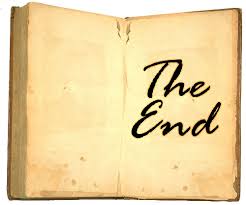Education for Sustainable Development research needs to be augmented. It should be focused on (1) documenting the state of practice and identifying promising practices, (2) exploring educational outcomes and their evaluation in respect of Education for Sustainable Development, (3) identifying and explaining opportunities and problems of general relevance. As people are influenced by a number of different agents and media, informal and non-formal education is an important field that needs to be studied more thoroughly.
Teacher education in Education for Sustainable Development will not change school practice unless resources and time for experimentation are provided and the sustainability is integrated into the curriculum. Thus, policy initiatives in teacher education should be coordinated with support for Education for Sustainable Development at school level.
Education is not a ‘magic bullet’ in approaching climate change and sustainability, but without co-ordinate educational interventions, even the best thought through technical policies will fail.
This is not simply about giving people information, but ensuring that education – and schools specifically – is mobilized to re-orient society towards sustainable practices.
Climate change is the greatest public policy issue of our time. If humanity is to respond to the challenges, education has a key role to play in promoting understanding and helping individuals, society and governments to make informed choices.
Climate change makes sustainable development an urgent priority. Sustainable development is impossible without learning. We are therefore clear that policies which promote Education for Sustainable Development should play a key part in the negotiation of global agreements on climate change policy.
Whole-school approaches are promising: societies need to re-orient schooling towards a stronger emphasis on education for sustainability. In practical terms, this means greater interdisciplinary work, participation in authentic sustainability challenges and interaction with others outside school. We recommend these approaches as a way of integrating Education for Sustainable Development into current educational practices.
In order to promote such a reorientation the International Alliance of Leading Education Institutes has agreed on eight recommendations, informed by the jointly conducted research project and targeted the world’s political decision makers. n the best thought through technical policies will fail.
